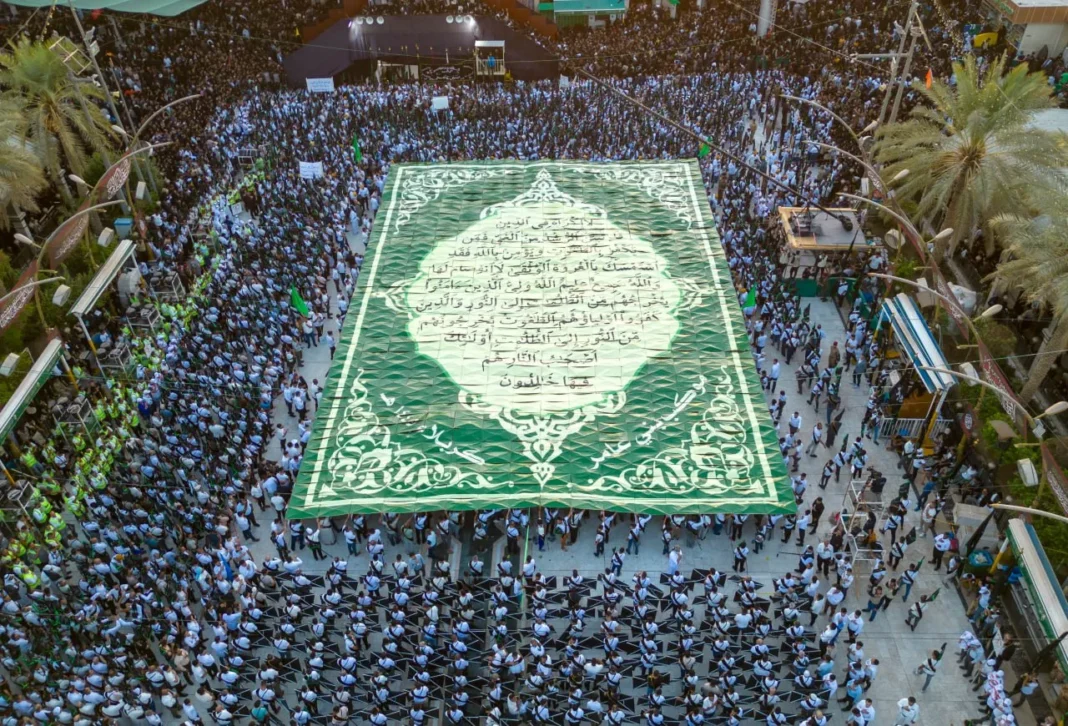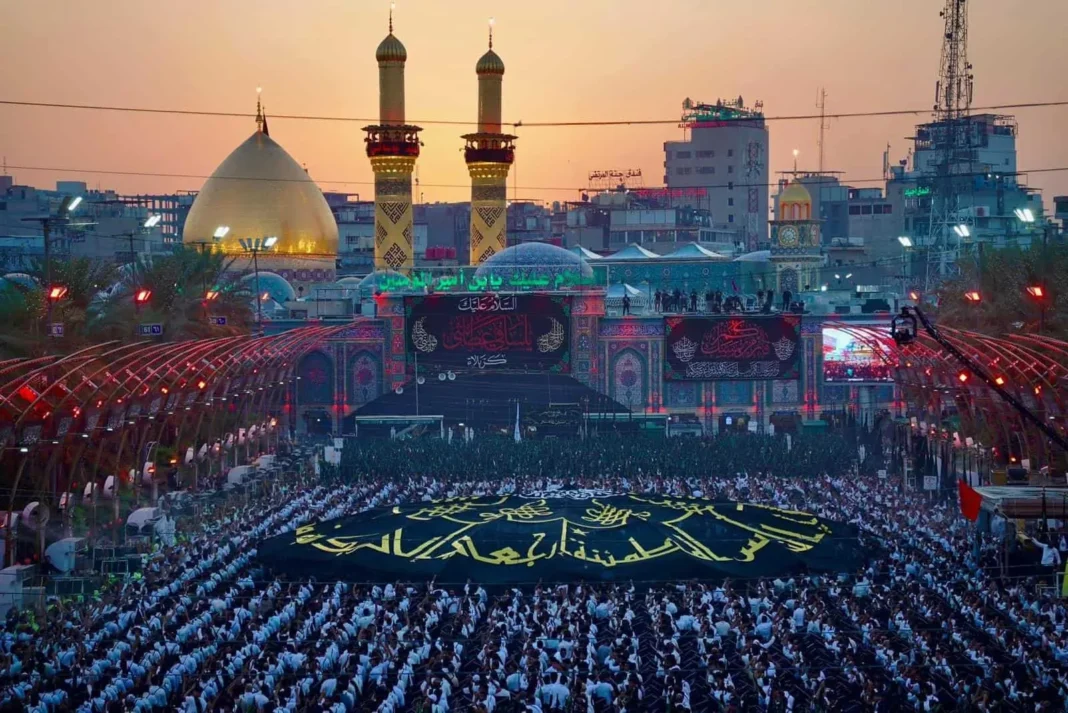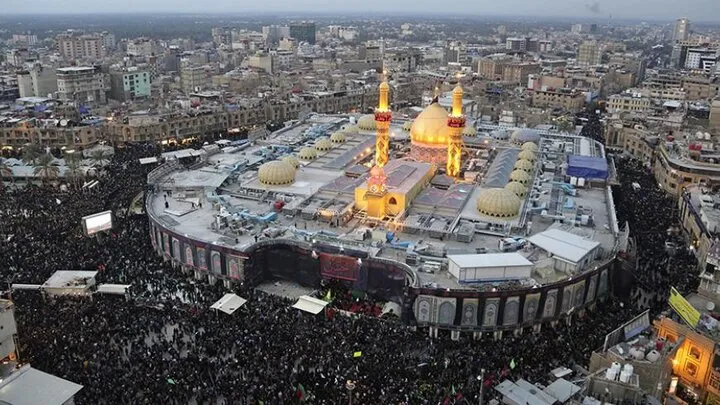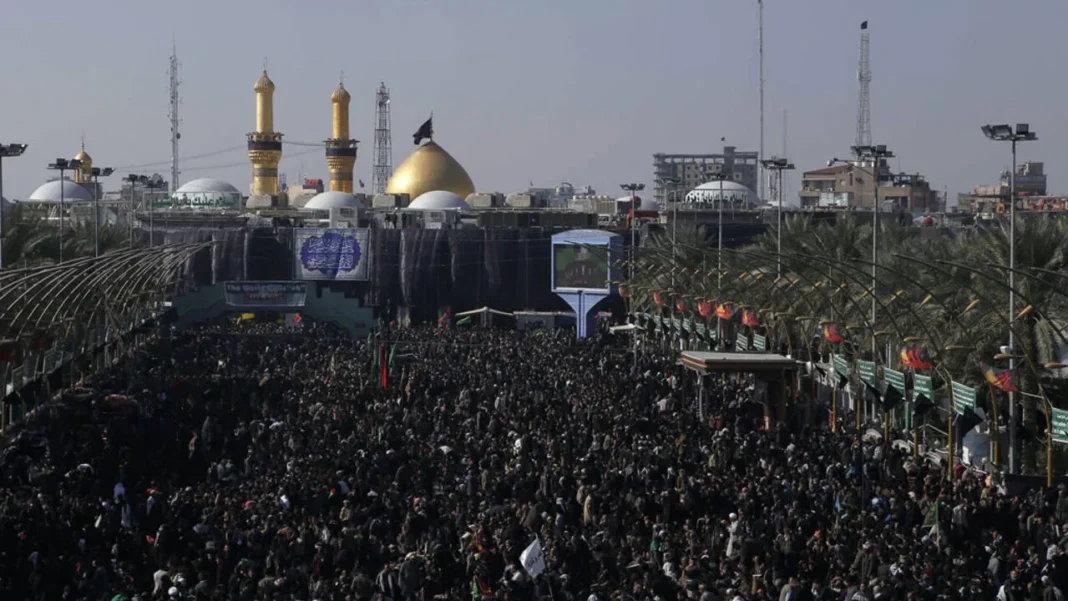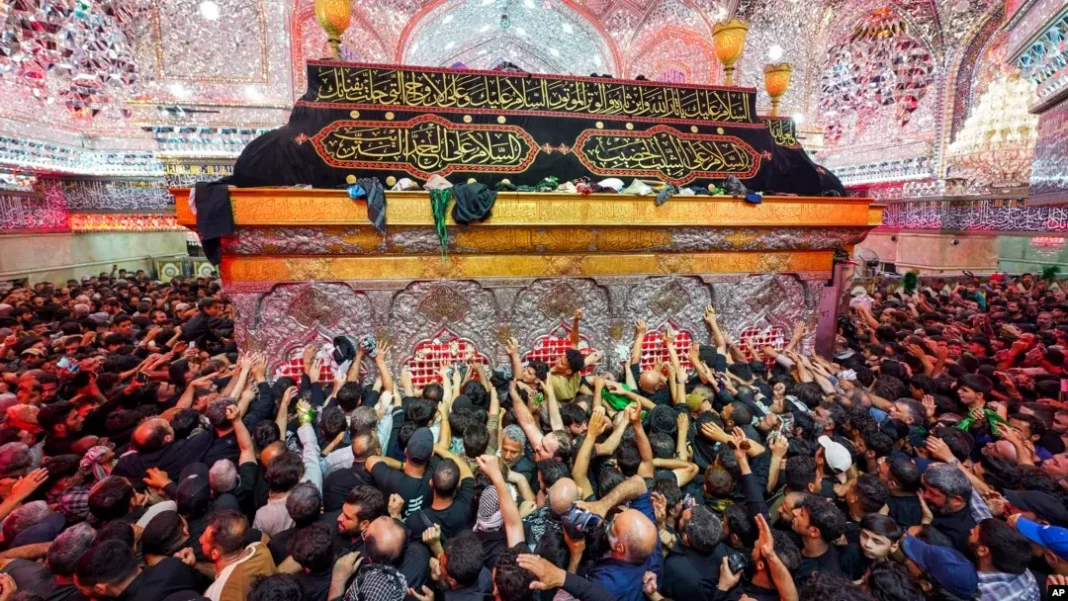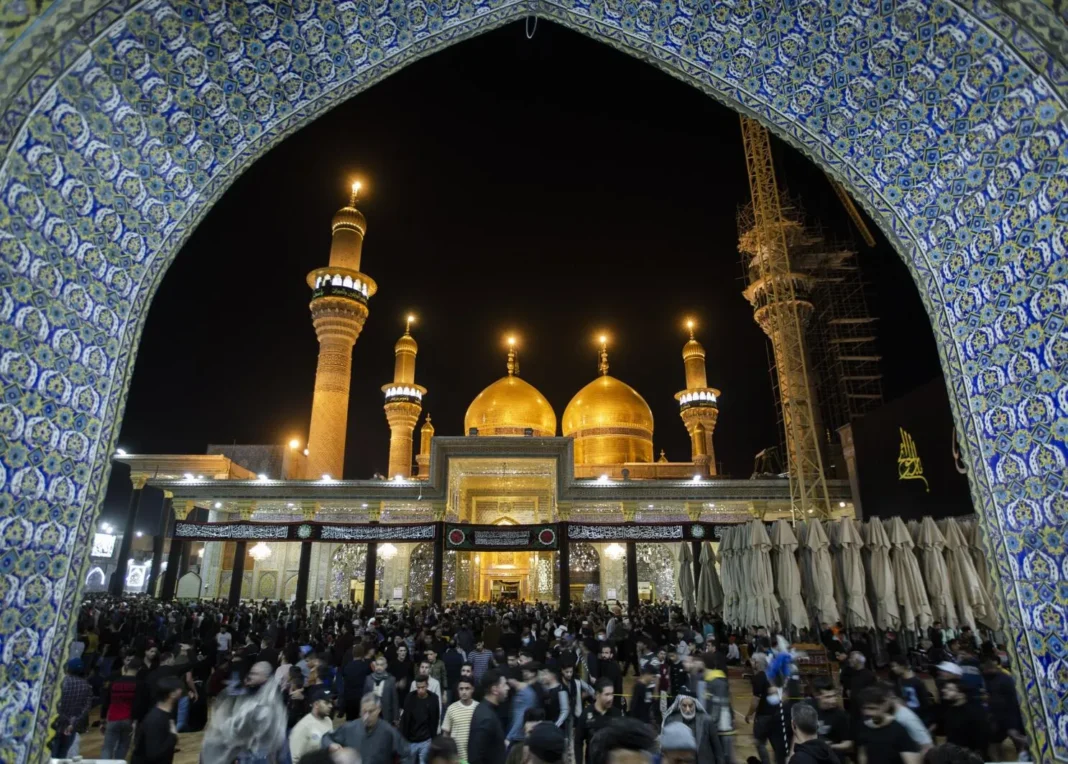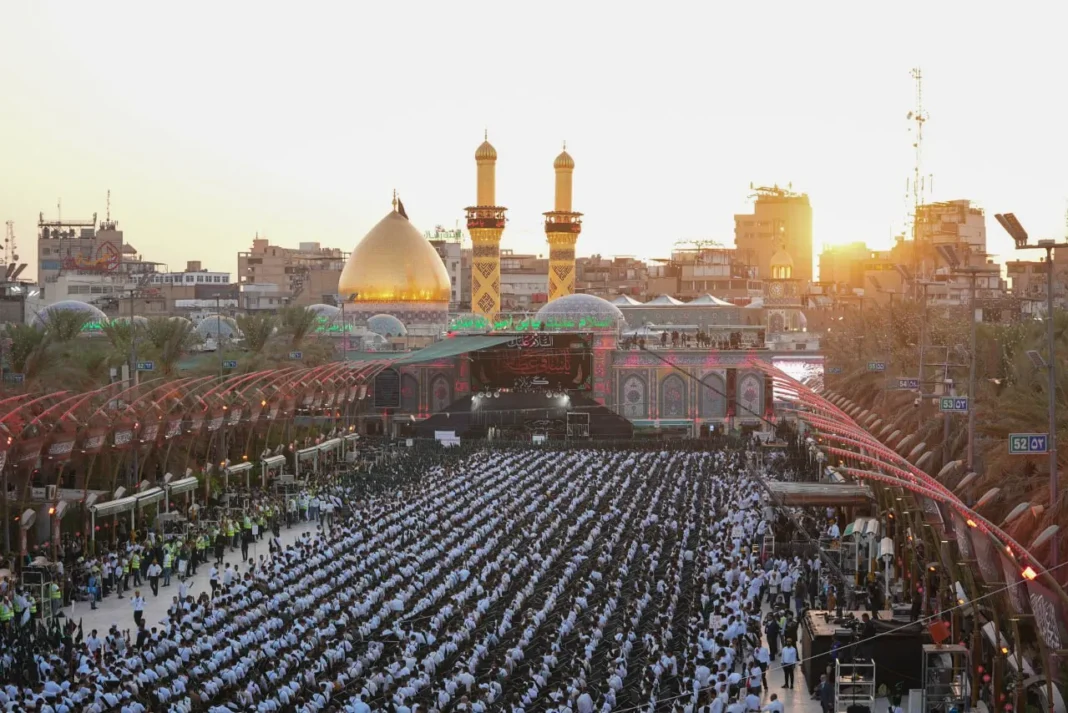Iraq, the cradle of civilization, holds profound significance for Muslims worldwide as a land of prophets and sacred sites. Religious pilgrimages to Iraq, particularly to the holy cities of Karbala and Najaf, offer a deeply spiritual experience, attracting millions of devotees annually. This comprehensive guide will provide insights into these pilgrimages, their historical and religious context, and practical information for those seeking to embark on this journey of faith.
Understanding the Significance of Religious Pilgrimages in Iraq
Religious pilgrimages in Iraq center around the veneration of key figures in Shia Islam. Karbala, home to the Imam Hussain Shrine, commemorates the martyrdom of Imam Hussain, the grandson of Prophet Muhammad. Najaf, on the other hand, houses the Shrine of Imam Ali, the Prophet’s cousin and son-in-law. These shrines serve as focal points for pilgrims seeking to connect with their faith and pay their respects to these revered figures. Taking a religious pilgrimage in Iraq is a deeply personal and moving experience.
Karbala: City of Martyrdom and Religious Pilgrimage
Karbala holds a special place in Shia Islam, symbolizing sacrifice and resilience. The Imam Hussain Shrine, with its golden dome and intricate architecture, stands as a testament to the devotion of millions who make this religious pilgrimage to Iraq. Pilgrims visit Karbala to participate in mourning rituals, especially during the month of Muharram, which marks the anniversary of Imam Hussain’s martyrdom.
Visiting the Imam Hussain Shrine:
- Location: The shrine is located in the heart of Karbala city.
- Dress Code: Modest attire is mandatory. Women are usually required to wear an abaya (a long, loose-fitting robe).
- Etiquette: Maintain a respectful demeanor, observe silence in designated areas, and follow the instructions of shrine staff.
- Photography: Photography may be restricted in certain areas.
Najaf: City of Knowledge
Najaf, known as a center of Shia learning, is home to the Shrine of Imam Ali, a magnificent structure adorned with intricate tilework and calligraphy. The shrine also houses a vast library containing valuable religious texts. Pilgrims undertake religious pilgrimages in Iraq to Najaf to pray, seek blessings, and deepen their understanding of Islamic teachings.
Visiting the Imam Ali Shrine:
- Location: The shrine is situated in the center of Najaf city.
- Dress Code: Similar to Karbala, modest attire is essential.
- Etiquette: Observe respectful behavior, maintain silence in designated areas, and follow the guidance of shrine staff.
- Photography: Photography restrictions may apply in certain areas.
Planning Your Religious Pilgrimage to Iraq
Travel Arrangements:
- Visa: Obtain the necessary visa for Iraq based on your nationality.
- Flights: Several airlines offer flights to major cities in Iraq, including Baghdad and Najaf.
- Transportation: From the airport, you can hire taxis or use local transportation to reach Karbala and Najaf.
- Accommodation: Numerous hotels and guesthouses cater to pilgrims in both cities.
Essential Tips
- Best Time to Visit: The months of Muharram and Ramadan are particularly significant for pilgrimages, but be prepared for large crowds.
- Local Currency: The Iraqi dinar (IQD) is the official currency.
- Language: Arabic is the official language. Learning basic Arabic phrases can be helpful.
- Health and Safety: Consult your doctor regarding necessary vaccinations and health precautions. Stay informed about safety advisories and travel guidelines.
- Respect Local Customs: Dress modestly, be mindful of cultural sensitivities, and ask for permission before taking photos of people.
Beyond the Shrines
While the shrines are the primary focus of religious pilgrimages in Iraq, consider exploring other sites in Karbala and Najaf:
- Wadi-us-Salaam Cemetery: Located in Najaf, this is one of the largest cemeteries in the world, holding the graves of many prophets and prominent figures.
- Al-Abbas Shrine: Situated in Karbala, this shrine is dedicated to Abbas ibn Ali, the half-brother of Imam Hussain.
- Historical Sites: Both cities have historical sites and museums that offer insights into the region’s rich heritage.
A Transformative Experience
“My pilgrimage to Karbala and Najaf was a deeply moving experience. The atmosphere of devotion, the stunning beauty of the shrines, and the connection I felt with my faith were truly transformative. It was a journey that will stay with me forever.” – Fatima, a pilgrim from Pakistan
Essential Arabic Phrases
Greetings
- Hello: As-salamu alaykum (as-salamu alaykum)
- Goodbye: Ma’a as-salama (ma’a as-salama)
- Thank you: Shukran (shukran)
- You’re welcome: ‘Afwan (‘afwan)
Directions
- Where is…? : Ayna…? (ayna…?)
- Left: Yasar (yasar)
- Right: Yamin (yamin)
- Straight ahead: Mustaqim (mustaqim)
Dining
- Please: Min fadlik (min fadlik)
- Delicious: Ladhidh (ladhidh)
- Water: Maa’ (maa’)
- Bill: Al-hisab (al-hisab)
Emergencies
- Help: Al-musاعدة (‘al-musاعدة)
- Doctor: Al-tabib (al-tabib)
- Police: Al-shurta (al-shurta)
Note: Arabic has different dialects. The transliterations provided here are approximate and may vary slightly in pronunciation depending on the region.


